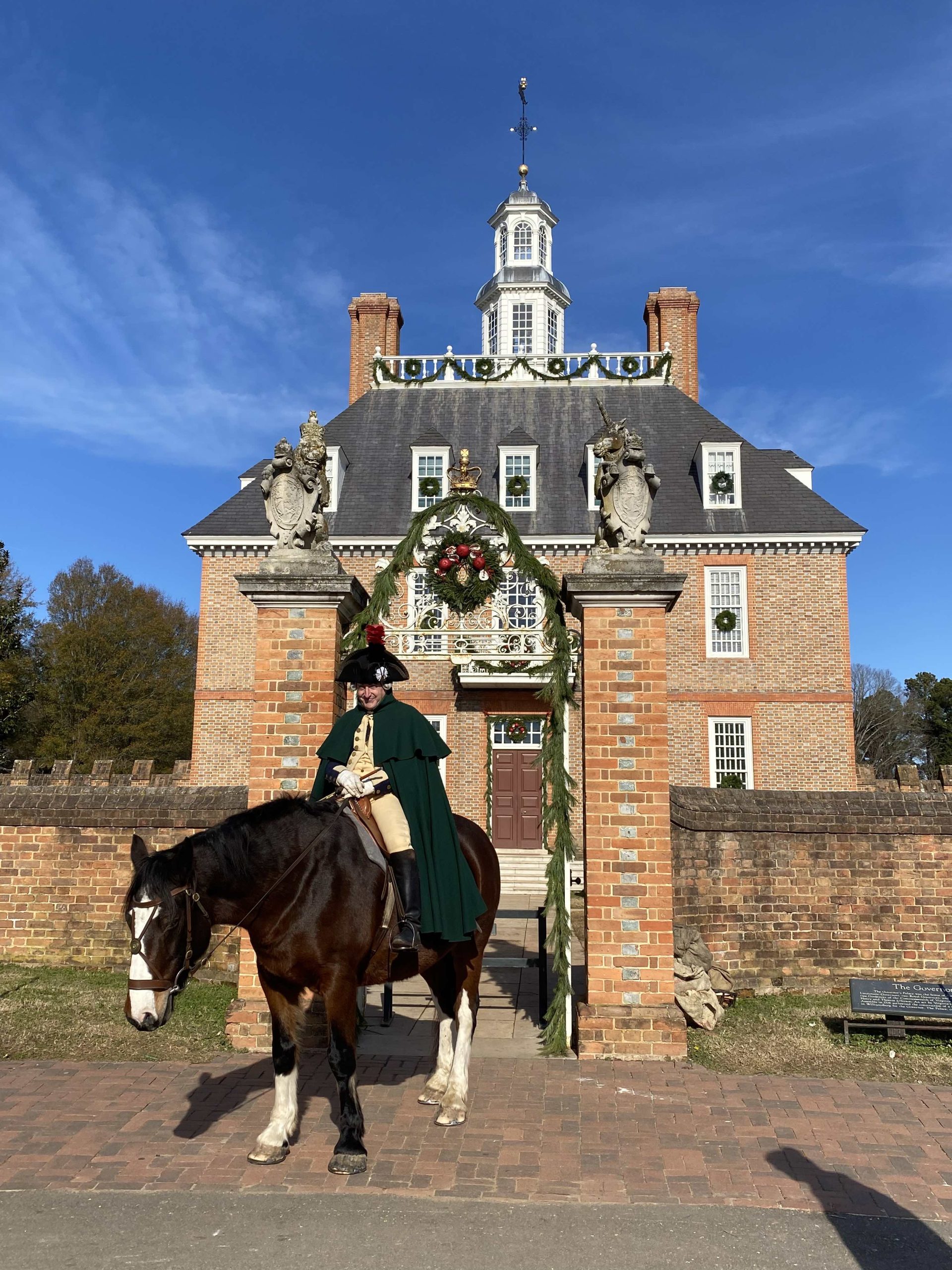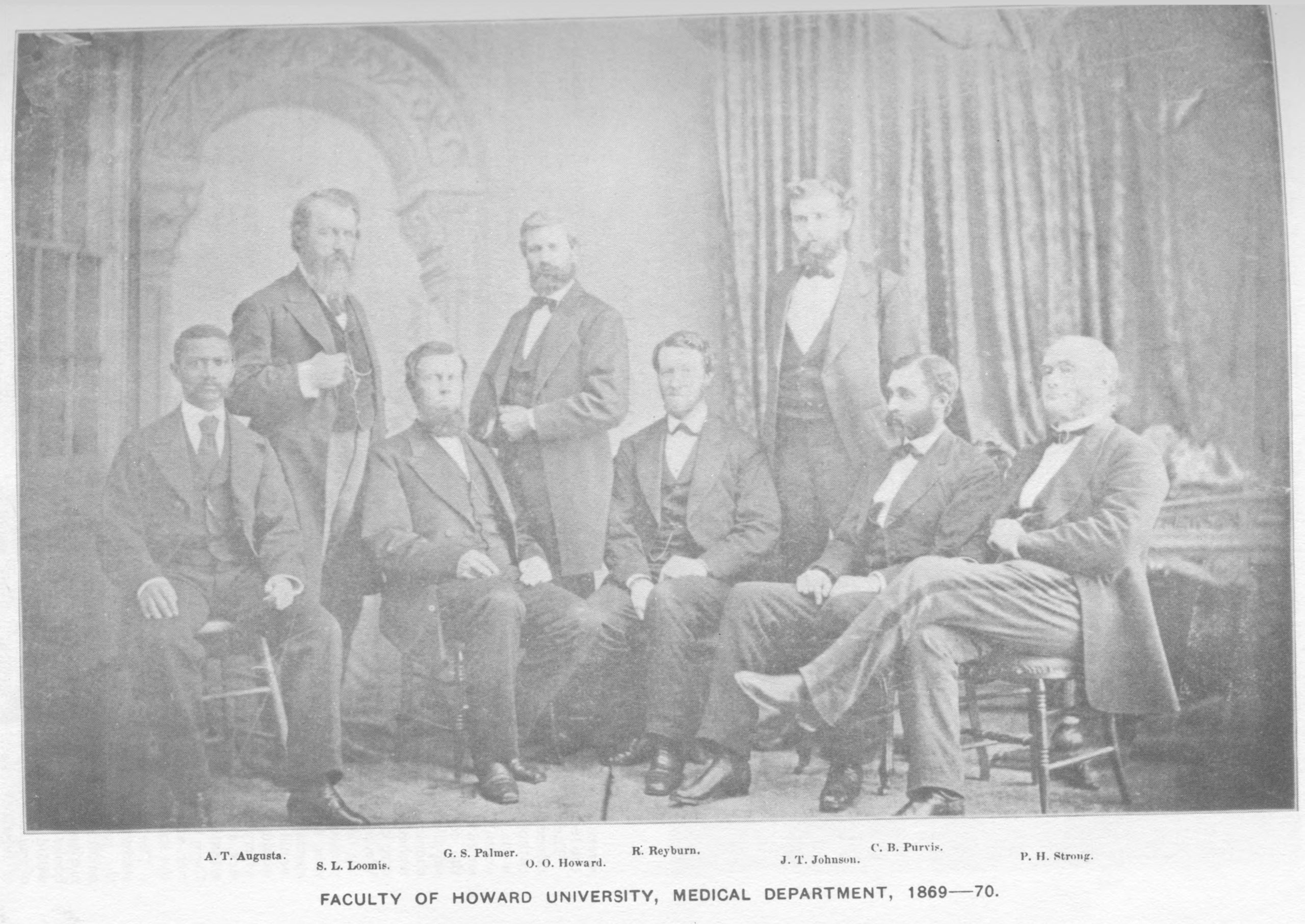
My Debt to Colonial Williamsburg
Most of my Lazare Family Saga series takes place in the 19th century, so you might think visits to an 18th-century living history museum wouldn’t be terribly useful to my research. In fact, Colonial Williamsburg in Virginia was one of the richest sources for my fiction set mostly in 19th-century South Carolina. Here’s how! After I moved…

When the Research Rabbit Hole Leads You Back Home
It’s funny how I’ll puzzle over a story problem for months only to realize that the answer has been all but staring me in the face. Although most of my historical series, the Lazare Family Saga, is set in South Carolina and (what is now) Wyoming, I live in Northern Virginia near Washington, D.C. That…
End of content
End of content
